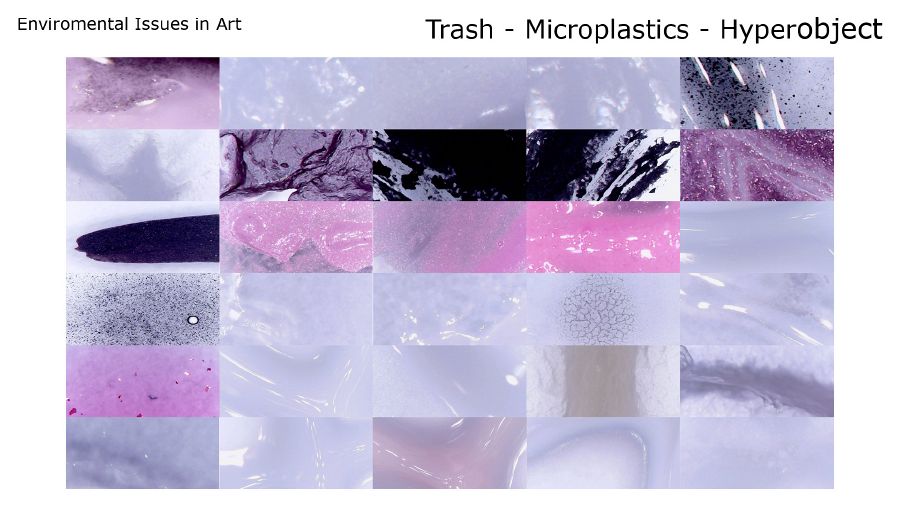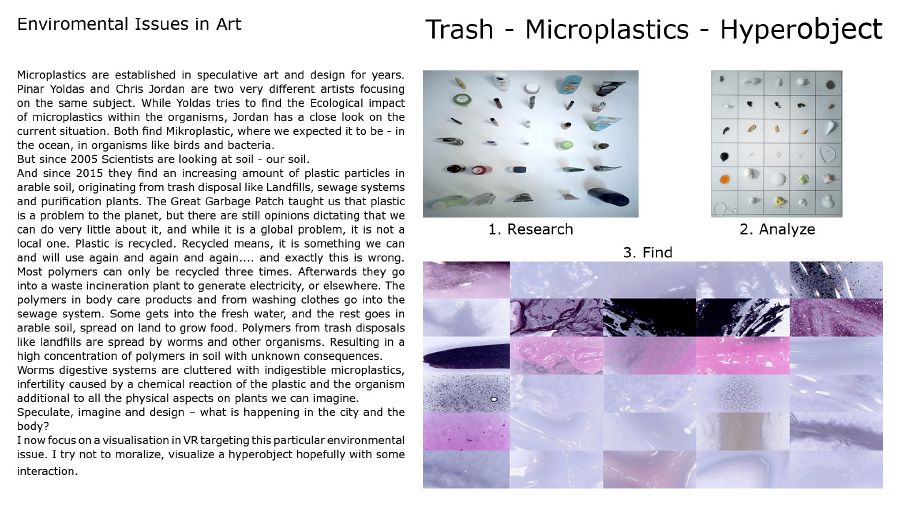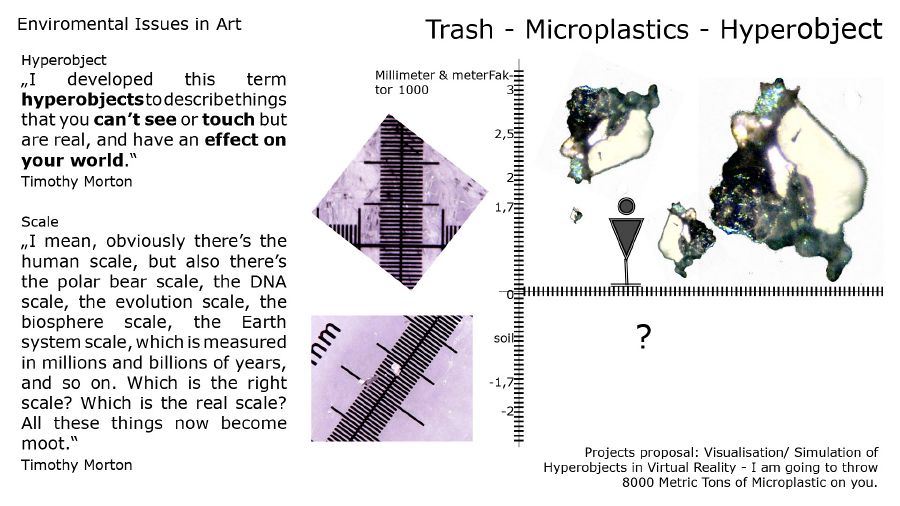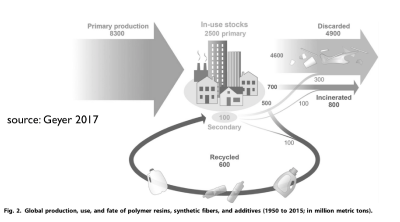Conclusion on Body care products
Idea was to find microplastics in body care products to do other experiments with them. The problem in general is, to find a microplastic, figure out which one it is and then use it accordingly to the mussel study or agrarian/ soil study. (e.g. can I grow an onion with a layer of plastic skin? Is the plastic stored in the vegetable? Is the microplastic small enough to pass the epidermis of the root? Is microplastic misused in any plant?) BUT a far greater amount of microplastic origins from washing clothes. (Boucher, J. and Friot D. (2017)) While only about 6% of microplastic origins from Body care products, about 35% of microplastics in the ocean origin from synthetic materials. It is especially unfortunate that these recycled materials cause microplastics in environments because they are sometimes considered "green". Sewers are neither prepared for microplastics from body care products nor from synthetic clothes. People might understand the danger of something you put on your face to be absorbed by your skin ( e.g. a cream) but less the danger of something that goes into the sewers or in the trash. (Youtube reference)
Virtual Reality Experiment – or “just” a visualization - some thoughts
“How do you feel with this data”
Find the unseen, something about trash and what happens when we try to wash bodies & clothes
break the hyperobject ( quote Timothy Mortons definition of Hyperobject.) Explain without a simplification or a metaphor.
Can we create with VR a tool for simulation/ experience/ visualization/ illustration for environmental issues?
The new finding, the new study, new paper – try to keep up, live correctly. Nowadays we are enclosed, wrapped and driven by data.
Unity and Blender have "Particle systems" - we also have particles - take these plastic particles, which are unnatural but not unreal, and make them virtual.
What plants tell us about Microplastic
Exhibition on Summaery 2018
Video Documentation (Youtube)
Construction plan
File:English plan plant pot.pdf
References (not sources, but opinions I encounter)
Youtube comments on Wie kommt unser Plastikmüll ins Meer
Related Artists
In italics: My reasons and thoughts about the relation to my work.
Antfarm Link to the Group They base their work on mass media and consumerism and created something awesome to experience. People were invited to a new environment to rethink issues. They created room for discussion. All this by creating artworks which understood organisms differently than other people do.
Kat f Austen Coral empathy device As in Antfarm - understand the organism. Create an environment, a place to discuss the issue, and create a mood by putting people in the environment.
Pinar Yoldas Wiki Pinar Yoldas Talk at ZKM GLOBALE Very scientific approach. Sophisticated artwork based on research with easy to comprehend the message. Without moralization.
J. Steensen (VR Artist) Website Environment based on scientific data. I do not like the experience as a whole because of some design choices which do not work.
The team around Flavia Caviezel Times of Waste Interesting because of the investigating research, workshops, and creation of a space for science.
Sources
https://brooklynrail.org/2013/11/art_books/timothy-morton-with-greg-lindquist
BUND 2018 BUND publications (Both "Einkaufsratgeber Mikroplastik" and "Mikroplastik in Textilien" March 2018 ("shopping advice microplastics" and "Microplastics in textiles/fashion" )
Boucher, J. and Friot D. (2017). Primary Microplastics in the Oceans: A Global Evaluation of Sources. Gland, Switzerland: IUCN. 43pp.
de Souza Machado AA, Kloas W, Zarfl C, Hempel S, Rillig MC. Microplastics as an emerging threat to terrestrial ecosystems. Glob Change Biol. 2018;24:1405–1416. Doi Link
"Mikroplastik in Binnengewässern Süd- und Westdeutschlands" (2018)
Johnson, B. (2013). Zero Waste Home. [S.I.]: Scribner.
MORTON, T. (2018). DARK ECOLOGY. [S.l.]: COLUMBIA UNIVERSITY PRESS. (also look at [1] )
R. Geyer, J. R. Jambeck, K. L. Law, Production, use, and fate of all plastics ever made. Sci. Adv. 3, e1700782 (2017).
Plastik überall Geschichten vom Müll. (2017). [film] Directed by A. Knechtel and N. Teuscher. Deutschland: ZDF.
TEDx Talks (2016). Two adults, two kids, zero waste | Bea Johnson | TEDxFoggyBot- tom. [video] Available at: SUmo-40pqA [Accessed 9 Jun. 2018].



